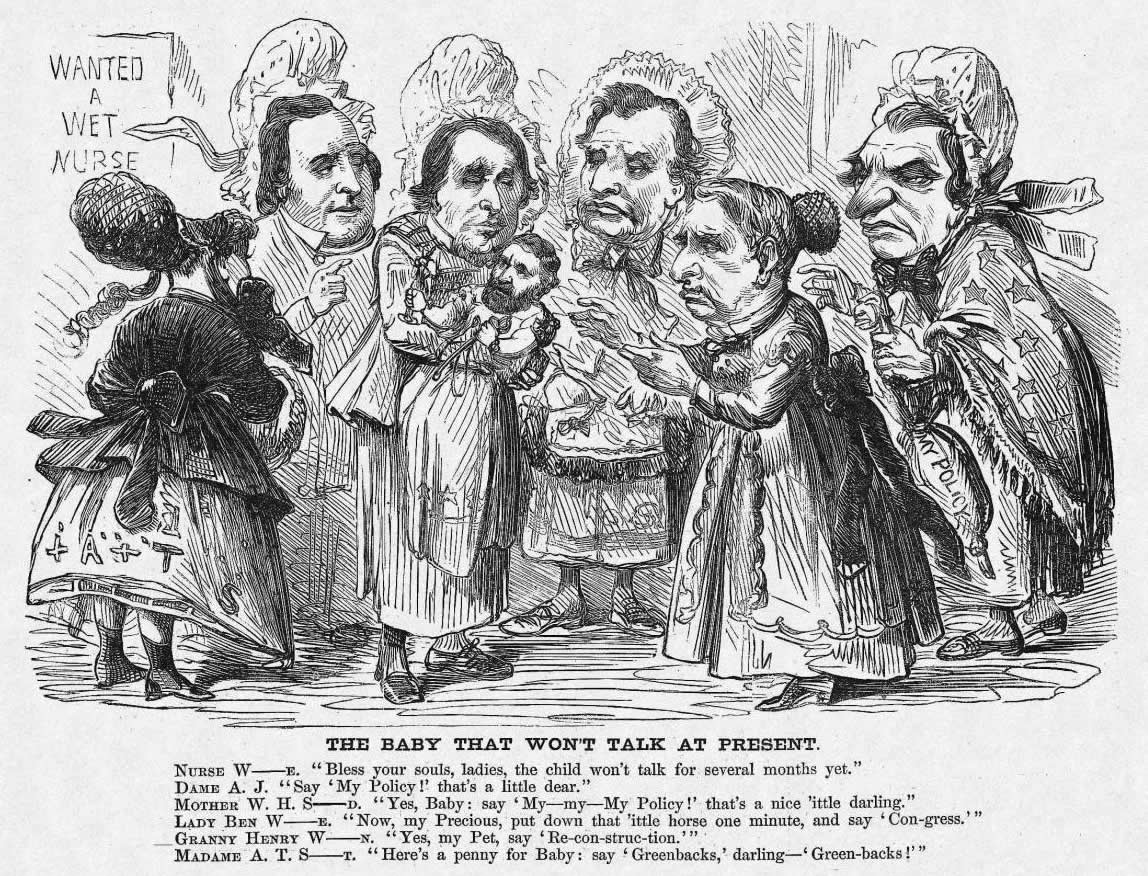

The 3d section declares, 'that it shall be the duty of each officer, assigned as aforesaid, to protect all persons in their rights of person and property, to suppress insurrection, disorder, and violence, and to punish, or cause to be punished, all disturbers of the public peace and criminals, and to this end he may allow local civil tribunals to take jurisdiction of and try offenders, or, when in his judgment it may be necessary for the trial of offenders, he shall have power to organize military commissions or tribunals for that purpose and all interference, under color of State authority, with the exercise of military authority under this act, shall be null and void.' The 1st and 2d sections divide these States into five military districts, subject to the military authority of the United States, as thereinafter prescribed, and make it the duty of the President to assign from the officers of the army a general officer to the command of each district, and to furnish him with a military force to perform his duties and enforce his authority within his district. The original act recites in its preamble, that 'no legal State governments or adequate protection for life or property exist' in those ten States, and that 'it is necessary that peace and good order should be enforced' in those States 'until loyal and republican State governments can be legally established.' I now proceed to give my opinion on the remaining questions upon which the military commanders require instructions.Īs to the powers and duties of these commanders. On the 24th ultimo, I had the honor to transmit for your consideration my opinion upon some of the questions arising under the reconstruction acts therein referred to. Summary of the points considered and determined in the former opinion of the Attorney General on this subject. The jurisdiction of military commissions under that act defined.ģ. The powers and duties of the military commanders in the districts constituted by the act of March 2, 1867, 'to provide for the more efficient government of the rebel States,' considered and determined.Ģ. These Reconstruction Amendments helped to move the United States into a more unified and progressive nation.1.

This Amendment gave people, only males at this time, the right to vote regardless of race, color, or previous status in the United States. The Fifteenth Amendment was the final installation in the Civil War Amendments. This is also where the liberties and the rights of individuals were extendedĪnd defined a bit more in order to encompass the broadening population of U.S. The Fourteenth Amendment, yet another of the Reconstruction Amendments, was the one that helped to redefine what was considered citizenship in the United States. This was an important step in the unification of the north and south, as well as the progressive movement towards other legal The Thirteenth Amendment was the Amendment that installed and legally abolished slavery in the United States.
#Reconstruction act s free
This essentially gave legal rights to the slaves who were set free during this time and promised not to discriminate against any other groups of individuals. These Amendments were proposed and placed in the Constitution in order to give rights and protection to individuals who did not have them before. The Civil War Amendments are the Thirteenth, Fourteenth, and Fifteenth Amendments that are found in the U.S.

These are Amendments that were created and ratified in the five years following the Civil War, meaning between 18.Īmendments were to implement the important changes that were necessary in order to begin to reform and rebuild the United States to the envisioned status that was desired. The Reconstruction Amendments are often referred to as Civil War Amendments.


 0 kommentar(er)
0 kommentar(er)
